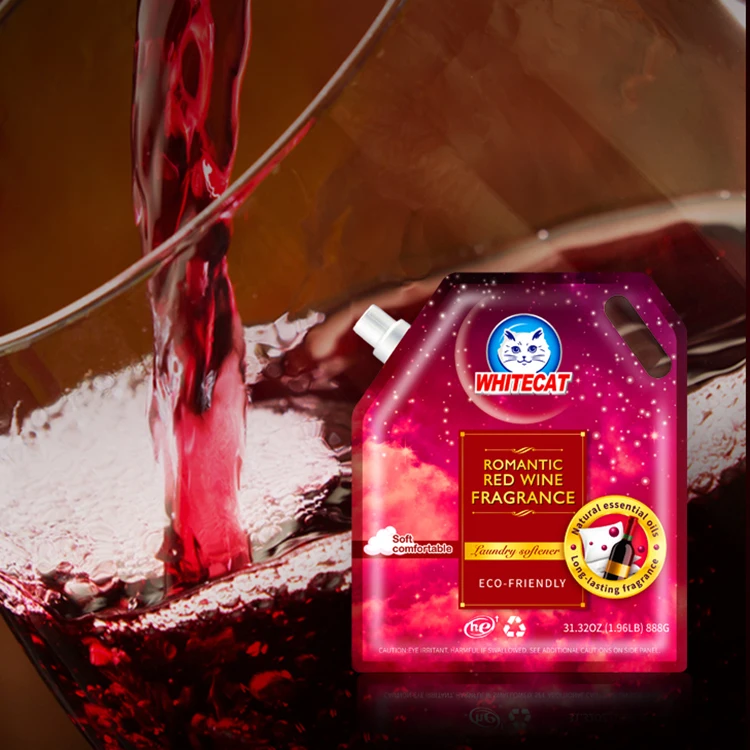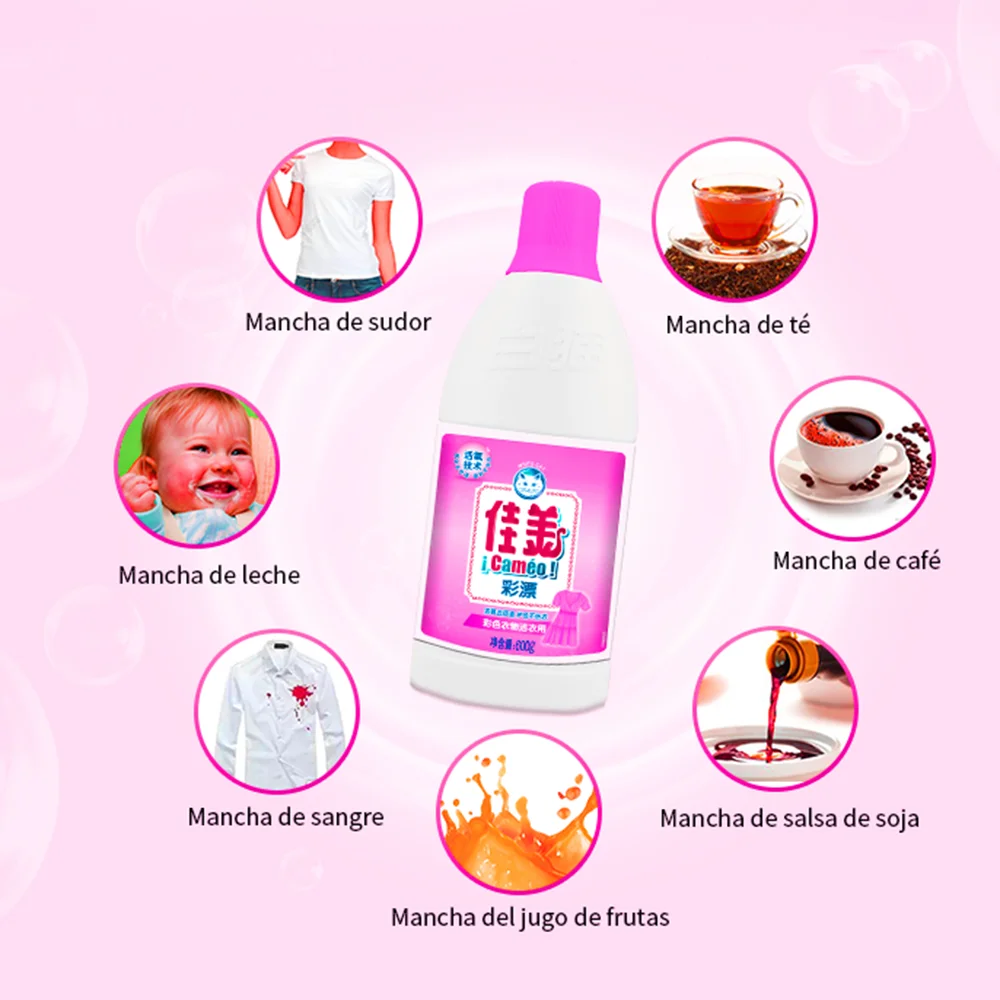Additives known as auxiliary detergents really help improve how well liquid laundry detergent works, especially against those tough stains that just won't come out. Regular detergents sometimes have trouble with certain messes like oil spots or food stains from kids meals, but these special ingredients give clothes a much better clean overall. When people start using products with these added components, they generally find their clothes get cleaner without having to do multiple washes for particularly difficult stains.
What makes auxiliary detergents work so well? They operate through several different methods really. First up is surfactant enhancement which basically makes water less sticky so it can get into fabric fibers much better. This means dirt comes out faster during washing cycles. Then there are enzymes at play too. These little biological helpers tackle tough stains like coffee rings or grass marks by breaking them down into smaller pieces that just wash away. And let's not forget about fabric protection either. Good quality auxiliaries actually keep clothes looking newer for longer while stopping leftover dirt from settling back onto clean surfaces after rinsing. That's why many people notice their laundry stays fresher between washes when using products with these components.
To really get how auxiliary detergents work, it helps to know what makes them up at a molecular level. What these additives do is team up with water molecules in ways that make the main detergent work better. When they combine like this, clothes clean more thoroughly because stains lift away easier and dirt spreads out instead of clumping together during washing. Modern laundry products just wouldn't be complete without these helpers. They're basically what keeps clothes looking clean and smelling good after every wash cycle.
Fabric softeners really make a difference in how our laundry feels after washing. They work by coating fabric fibers, making clothes softer, cutting down on static electricity, and leaving behind nice smells. Basically, they reduce friction between fabric strands, so clothes don't rub against each other as harshly during the wash cycle. This means fabrics generally feel better when worn and tend to last longer too. According to industry data, these products rank right up there with other common household cleaning items, particularly in homes where people want more than just clean clothes. For many consumers, adding fabric softener isn't optional anymore if they want garments that look good and stay in shape wash after wash.
Bleaching agents play a key role among helper detergents because they can take out colors from stains and bring back that bright look to fabrics. They work by breaking apart those dye molecules, which makes dirt and grime look less noticeable on clothes. The market offers different types of bleaches too. Oxygen bleach works great for most everyday laundry while chlorine bleach is stronger but needs careful handling. Looking at recent numbers shows why bleach remains important for keeping things clean in a hygienic way. Especially in homes where there are little kids running around or people dealing with allergies, using bleach helps ensure surfaces and fabrics stay properly disinfected. This matters a lot for overall health and safety in household environments.
Red Wine Scent Fabric Softener brings together anti-static benefits with that rich red wine aroma many people love. Clothes treated with this stuff stay soft without clinging together, making them much more comfortable to wear day after day. People really seem to gravitate toward scented options these days, according to various market studies. There's something about those fragrances, especially ones like red wine, that just makes laundry smell better and feel fresher when we put on our clothes. It's no wonder so many households are switching away from plain unscented formulas now.

The fabric softener works great on all sorts of materials including cotton, polyester, and mixed fabrics, which makes it perfect for regular laundry around the house. People really notice how well it performs in high efficiency washers since these machines tend to leave clothes feeling extra staticky because they use less water. Lots of folks who've tried it say it does two main things - makes clothes feel softer obviously, but also gives them that nice fresh smell after washing. The combination of softness and good scent keeps coming up in reviews, so if someone cares about both aspects when doing laundry, this product tends to be what they reach for time and again.
Bleach based laundry liquids have become pretty much essential for anyone serious about keeping their home clean and germ free. Most brands claim they can knock out around 99.9 percent of bacteria and viruses from clothes, which definitely helps boost overall cleanliness. Research shows these products do more than just tackle surface stains too they actually work against those tiny germs we cant see with the naked eye, so our clothing stays properly sanitized after washing. Getting the right mix is really important though. If someone uses too much or applies it wrong, fabrics might get damaged instead of cleaned. The best results come when people follow package instructions carefully, balancing strong cleaning power with good fabric protection.

Laundry bleach liquid detergents do much more than just make clothes look white again. They actually work wonders against stubborn stains and kill germs in everything from cotton shirts to synthetic blends. People love using these on their regular clothes but also find them handy for washing towels, bed sheets, and even those pesky bath mats that collect mold over time. Some brands have gone one step further by creating formulas that clean not only fabrics but also bathroom tiles and kitchen counters when diluted properly. Market research indicates most households prefer these versatile cleaners because they cut down on the number of different products needed around the house. Plus, who doesn't want something that gets rid of dirt and bacteria at the same time?
As people become more aware of environmental issues, lots of companies are starting to work on making auxiliary detergents that are better for the planet and cause less harm to ecosystems. Most of these newer products contain ingredients that break down naturally over time and steer clear of those nasty phosphates that have caused problems in waterways for years. They're responding to what customers want when it comes to green cleaning options. Beyond just appealing to environmentally minded shoppers, this change actually helps reduce the kind of pollution that's long been linked to regular detergents sitting in our rivers and lakes.
Phosphates in detergents have caused quite a stir in environmental circles because they contribute so much to nutrient pollution and those nasty algal blooms we keep hearing about. Around the world, governments and regulatory agencies have started putting rules in place to cut down on or completely remove phosphates from cleaning products. What we're seeing here is part of a larger trend where people are pushing for cleaner, greener alternatives when it comes to household cleaners. Many companies now offer phosphate free options that break down naturally in water systems. This shift makes sense both environmentally and economically as consumers become more aware of how their laundry habits affect local ecosystems and water quality over time.